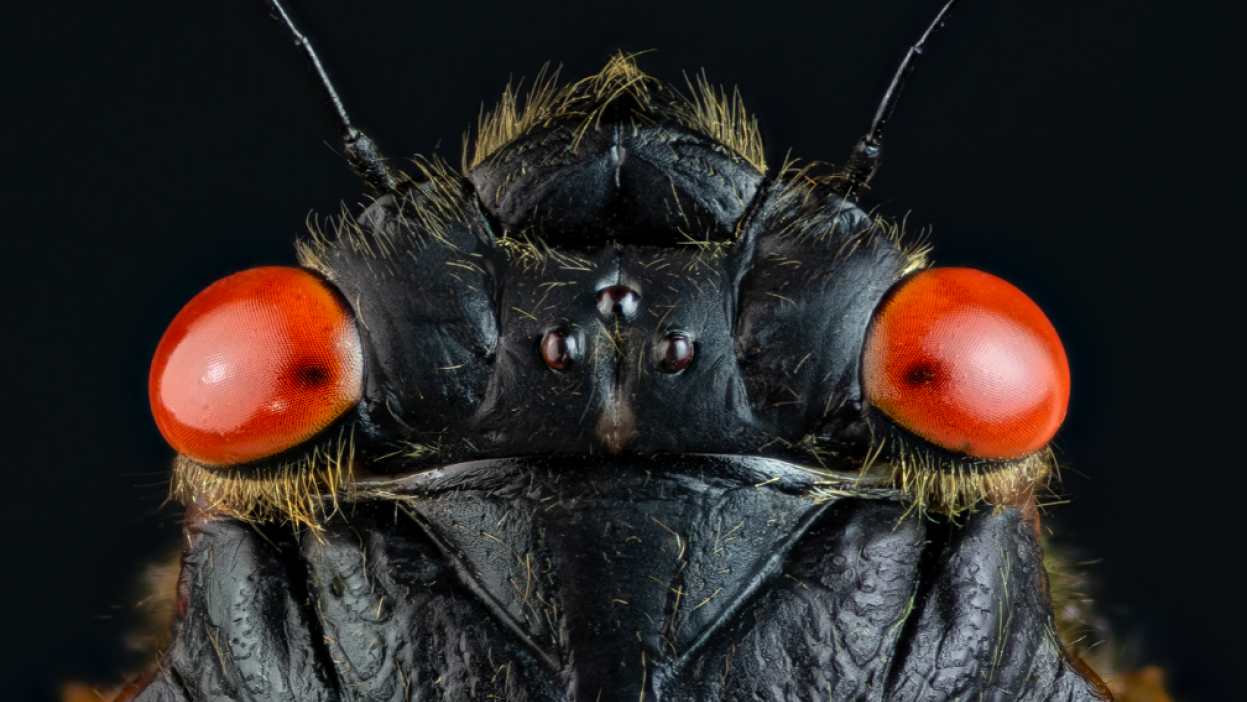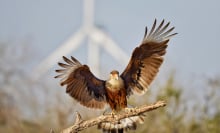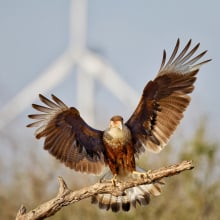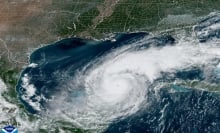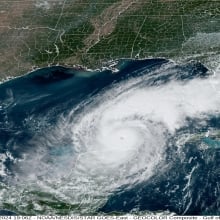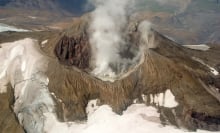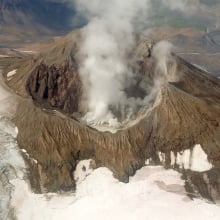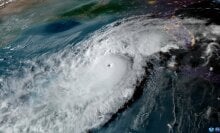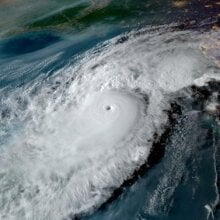Even on an Air Force base tarmac, a cicada landed on the president's neck.
The spectacular emergence of a double brood of cicadas in 2024, with some 1.5 million of the harmless insects emerging per acre in some places, will result in cicadas landing on people's shirts, arms, hair, and...beyond — just as the impressive insects did in 2021. But the bugs have no real interest in people: After 13 or 17 years of munching on roots underground, the periodical broods emerge to hastily mate and lay eggs.
So what's going on? When cicadas emerge, they seek out trees, the places where they often congregate, mate, and ultimately lay eggs on the ends of branches. And to a cicada, trees and people have similarities.
"Cicadas land on people because they strongly resemble trees," explained Eric Day, an entomologist and cicada expert at Virginia Tech. "It's rare to see a cicada on the ground."
"Insects that utilize trees are strongly attracted to upright dark silhouettes and a human standing on an open area is close enough," added Day. "So cicadas and wood-boring beetles will go right towards any dark upright object."
That's why if you're standing on a flat runway, like President Biden, a cicada may be keen to find you. "You might be the tallest structure out there," mused Day.
"You might be the tallest structure out there."
The latest cicada emergence involves two different periodical broods, which are groups that emerge in 13 or 17 year cycles, that haven't emerged together in over two centuries, since 1803 (Brood XIII and Brood XIX). They're appearing in regions of the Midwest and Southeast, as shown in a map below.
Tweet may have been deleted
Tweet may have been deleted
The sheer number of cicadas that emerge over a short time in spring also likely plays a role in the cicada landings, noted George Hamilton, the chair of the Department of Entomology at Rutgers University. With potentially millions of bugs around, a structure-seeking insect is more likely to find you.
Cicadas are indeed cacophonous as males vigorously vibrate their abdomens to attract mates. But they are no threat to people. And the cicadas' short-lived emergence is a great boon to wildlife.
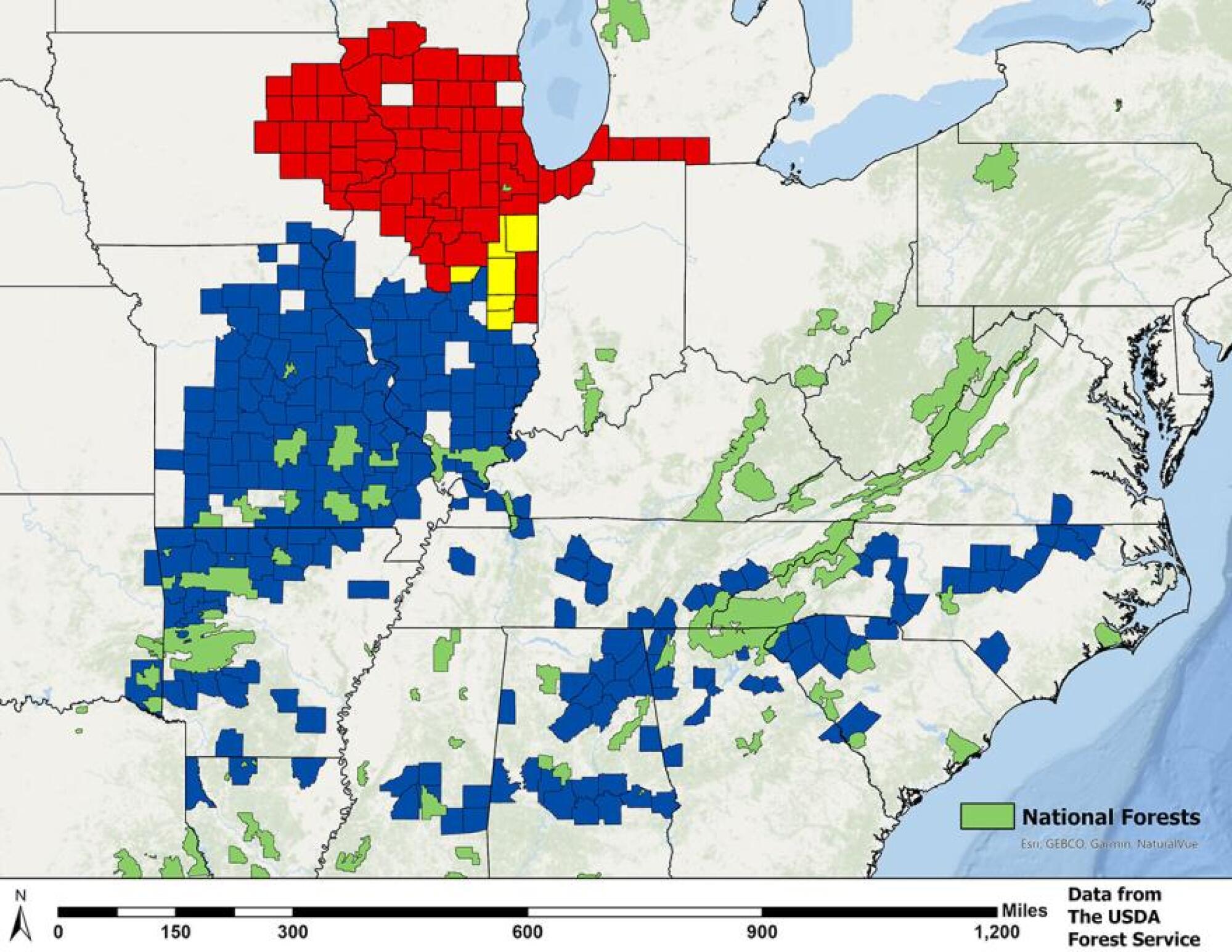
"Birds snatch them up, mammals easily spot them, and insect predators consume their fill," Robert Furey, a behavioral ecologist and entomologist at Harrisburg University of Science and Technology, told Mashable in 2020 when a different brood, Brood IX, emerged. "Every predator with a taste for cicada flesh takes advantage of the easy prey."
"It’s an incredibly amazing biological phenomenon."
Tweet may have been deleted
Though human development and urbanization in some places may slash the number of cicadas in some places (the bugs can't bore through pavement), President Biden can probably attest that the emergences are robust.
"It’s an incredibly amazing biological phenomenon," Day told Mashable.
This story originally published during the emergence of Brood X in 2021 and has been updated.
Topics Animals
